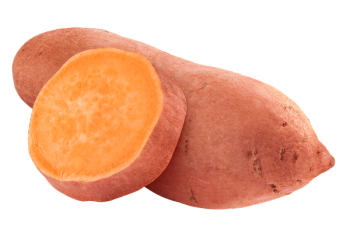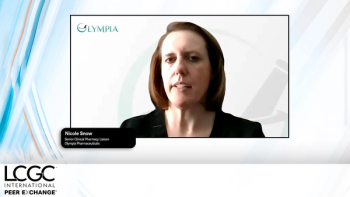
E-Separation Solutions
- E-Separation Solutions-05-12-2011
- Volume 0
- Issue 0
GC–MS Results from Mars: Reevaluated 35 Years Later
A recent reinterpretation of the GC–MS results from the Viking landers that went to Mars in the 1970s has suggested that the possibility of life on Mars may be much greater than we previously thought.
A recent reinterpretation of the gas chromatography–mass spectrometry (GC–MS) results from the Viking landers that went to Mars in the 1970s has suggested that the possibility of life on Mars may be much greater than we previously thought. To find out more about this we spoke to Chris McKay of NASA’s Ames Research Center and Rafael Navarro-Gonzalez of the Universidad Nacional Autonoma de Mexico.
In 1976, the Viking landers took samples of Martian soil and analyzed them using GC–MS, finding only trace levels of organic chlorohydrocarbons, which were attributed to terrestrial contamination. What made you think the samples needed to be looked at again?
McKay: The reason we thought that the Viking GC–MS results needed to be reevaluated was the surprising discovery by the Phoenix mission in 2008 that the element chlorine on Mars was predominately in the form of perchlorate rather than in the form of regular table salt (NaCl), as it is on Earth. The unusual properties of perchlorates motivated us to reconsider what they would have done to the Viking samples when heated.
You used soil samples from the Atacama Desert as a stand in for Mars; what about this desert makes it a good substitute?
McKay: The Atacama desert soil is a good Mars analogue because it has very low organics. This is unlike the standard Mars simulant (JSC Mars-1), which is a good spectral analogue for Mars soil, but is rich in organics (not surprising as it comes from Hawaii).
When organic compounds and the soil were mixed with magnesium perchlorate and heated, nearly all the organics decomposed to water and carbon dioxide, leaving only trace organics. How do you think this may affect the analytical techniques future missions use to search for organic compounds?
McKay: For future missions, the presence of perchlorates is going to be a real problem. Every GC–MS or MS flown in space has relied on thermal processing of the sample for soil analysis. We will have to develop methods that do not rely on this for future Mars missions.
Reinterpreting the results suggested 1.5–6.5 ppm of organic carbon may have been present at landing site 1, and 0.7–2.6 ppm at site 2 — both more than 1000x the initial findings. How do you think this information could influence future Mars missions?
Navarro-Gonzalez: The Viking GC–MS team concluded that the Martian soil was deficient in organics at parts-per-billion levels, at about the same levels as those found in the moon. Under these conditions it is not possible to search for evidence of carbon-based life. However, our new interpretation of the Viking GC–MS data suggests that the levels of soil organics is about a thousand times higher than previously thought, at parts per million, making Mars comparable to the driest lands on Earth, like the Atacama Desert, where bacteria strive to survive.
Articles in this issue
over 14 years ago
Search for Life on Mars with GC–MSover 14 years ago
Flash ChromatographyNewsletter
Join the global community of analytical scientists who trust LCGC for insights on the latest techniques, trends, and expert solutions in chromatography.





